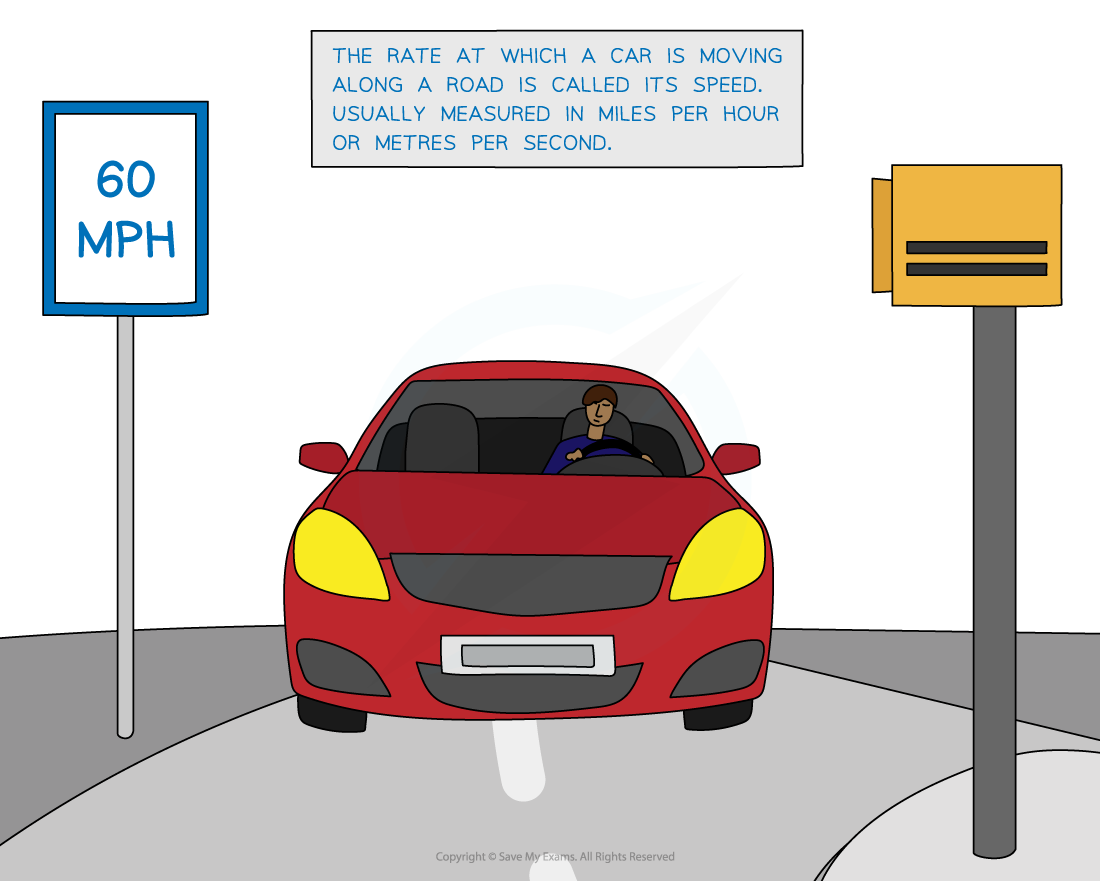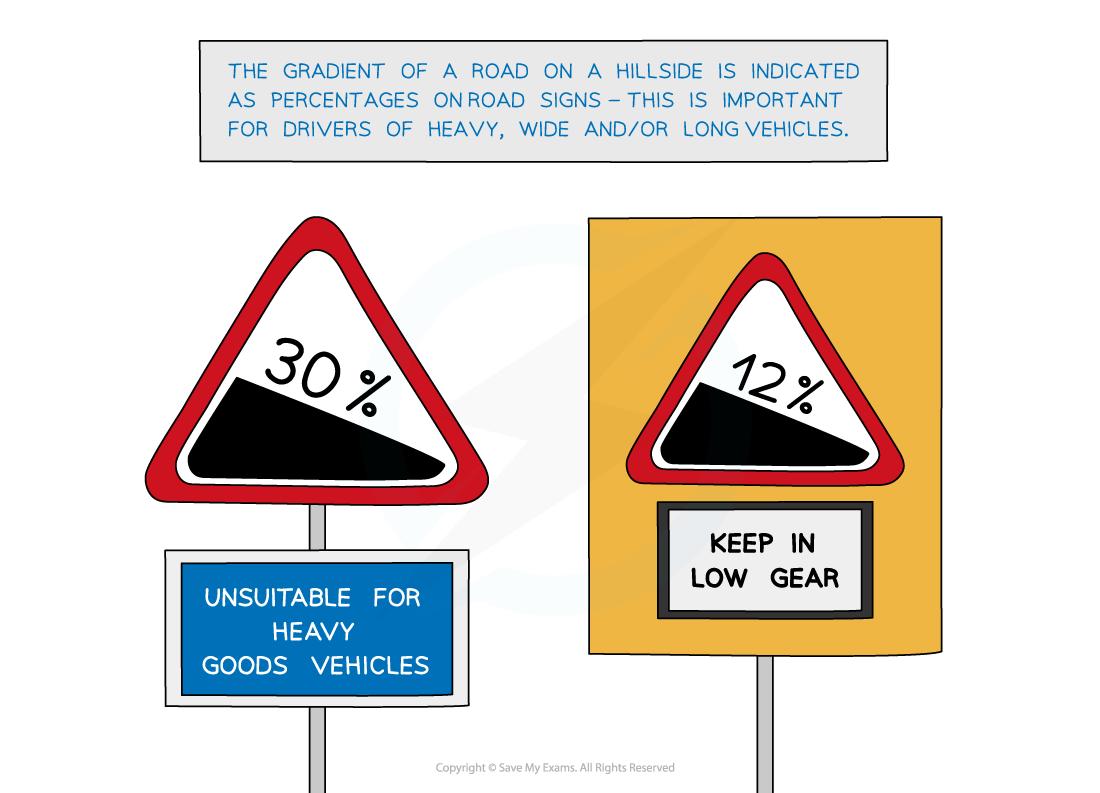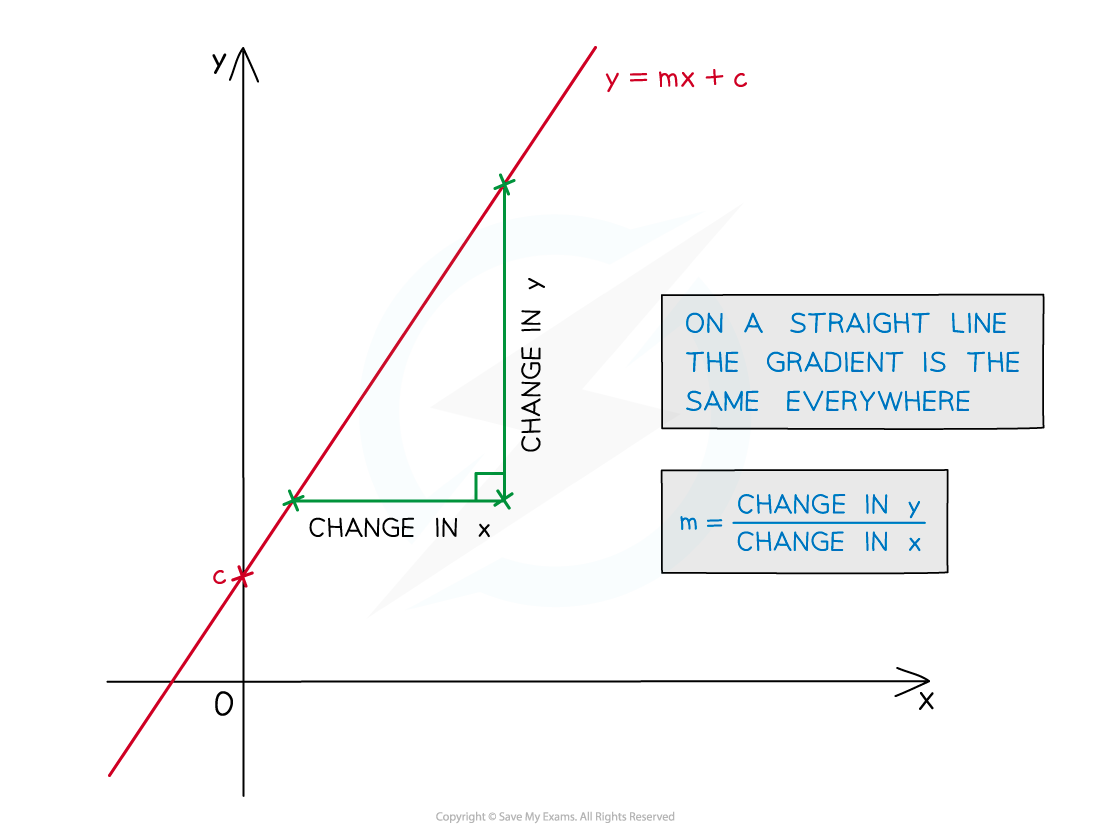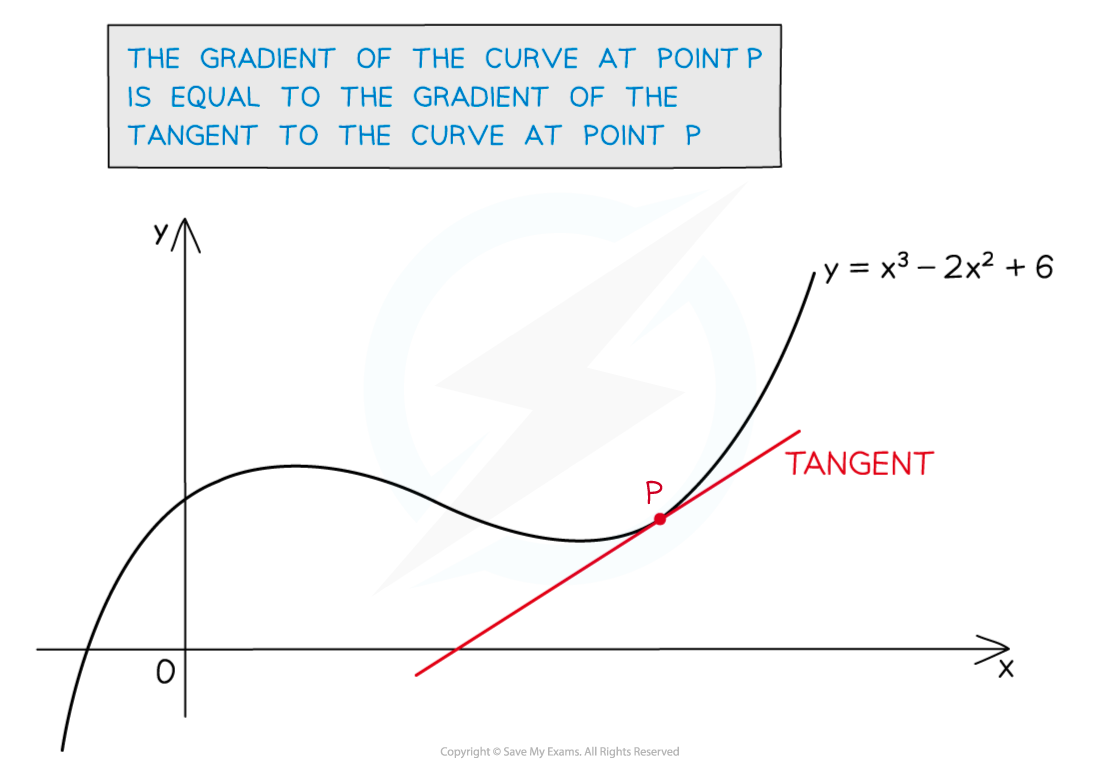Introduction to Derivatives (Edexcel IGCSE Further Pure Maths): Revision Note
Exam code: 4PM1
Introduction to Derivatives
What is differentiation?
Differentiation is part of the branch of mathematics called calculus
It is concerned with the rate at which changes takes place
So it has many real‑world applications:
The rate at which a car is moving (its speed)
The rate at which a virus spreads amongst a population

To begin to understand differentiation you’ll need to understand gradients
How are gradients related to rates of change?
Gradient in everyday language refers to steepness.
For example, the gradient of a road up the side of a hill is important to lorry drivers
On a graph the gradient refers to how 'steep' a line or a curve is
It is a way of measuring how fast y changes as x changes
This may be referred to as the 'rate of change of y with respect to x'
So gradient describes the rate at which change happens

How do I find the gradient of a curve using its graph?
For a straight line the gradient is always the same (constant)
Recall y = mx + c, where m is the gradient

For a curve the gradient changes as the value of x changes
A tangent is a straight line that touches the curve at one point
At any point on the curve, the gradient of the curve is equal to the gradient of the tangent at that point

How do I find the gradient of a curve using calculus?
The equation of a curve can be given in the form
Substituting x-coordinate inputs gives y-coordinate outputs
It is possible to create an algebraic function that take inputs of x-coordinates
and gives outputs that are gradients
No graph sketching required!
This type of function has a few commonly used names:
The gradient function
The derivative
The derived function
The way to write this function is
This is pronounced "dy by dx" or "dy over dx"
In function notation, it can be written
pronounced "f-dash-of-x" or "f-prime-of-x"
To get from
to
you need to do an operation called differentiation
Differentiation turns curve equations into gradient functions
There are standard formulae used to differentiate all the basic functions
See the 'Differentiating Basic Functions' revision note
There are also various methods for differentiating more complicated functions
See the 'Techniques of Differentiation' revision note
Once you know
for a curve, you can find the gradient for any point on the curve
gives the value of the gradient when
See the 'Finding Gradients' revision note for more details

Unlock more, it's free!
Did this page help you?